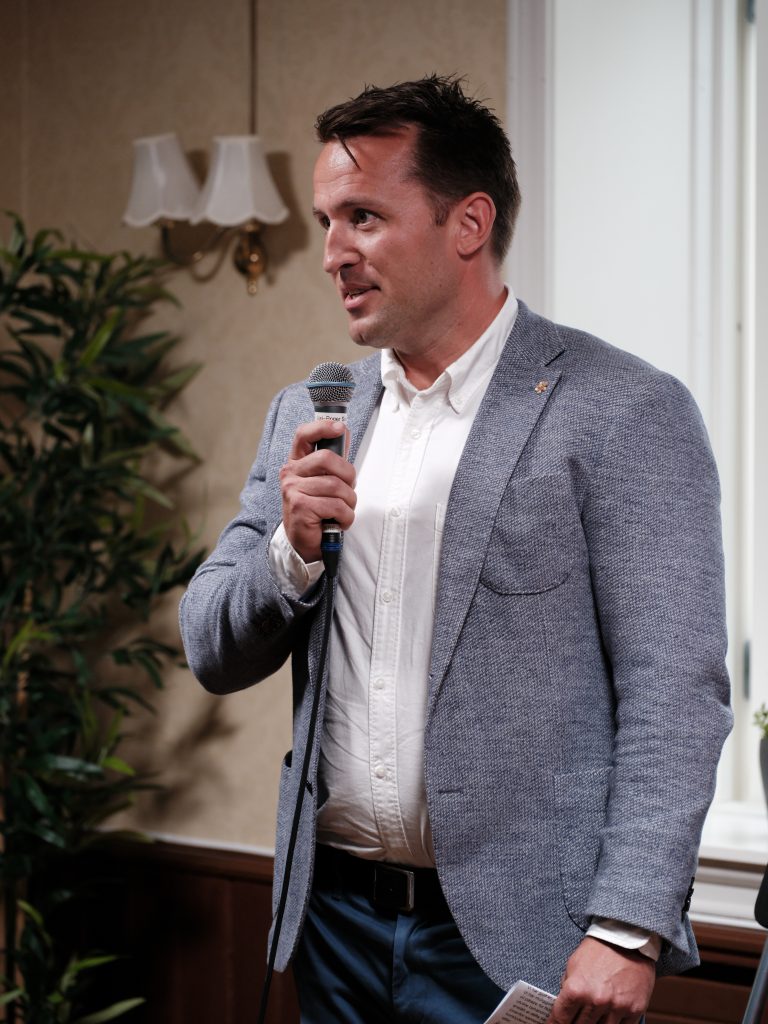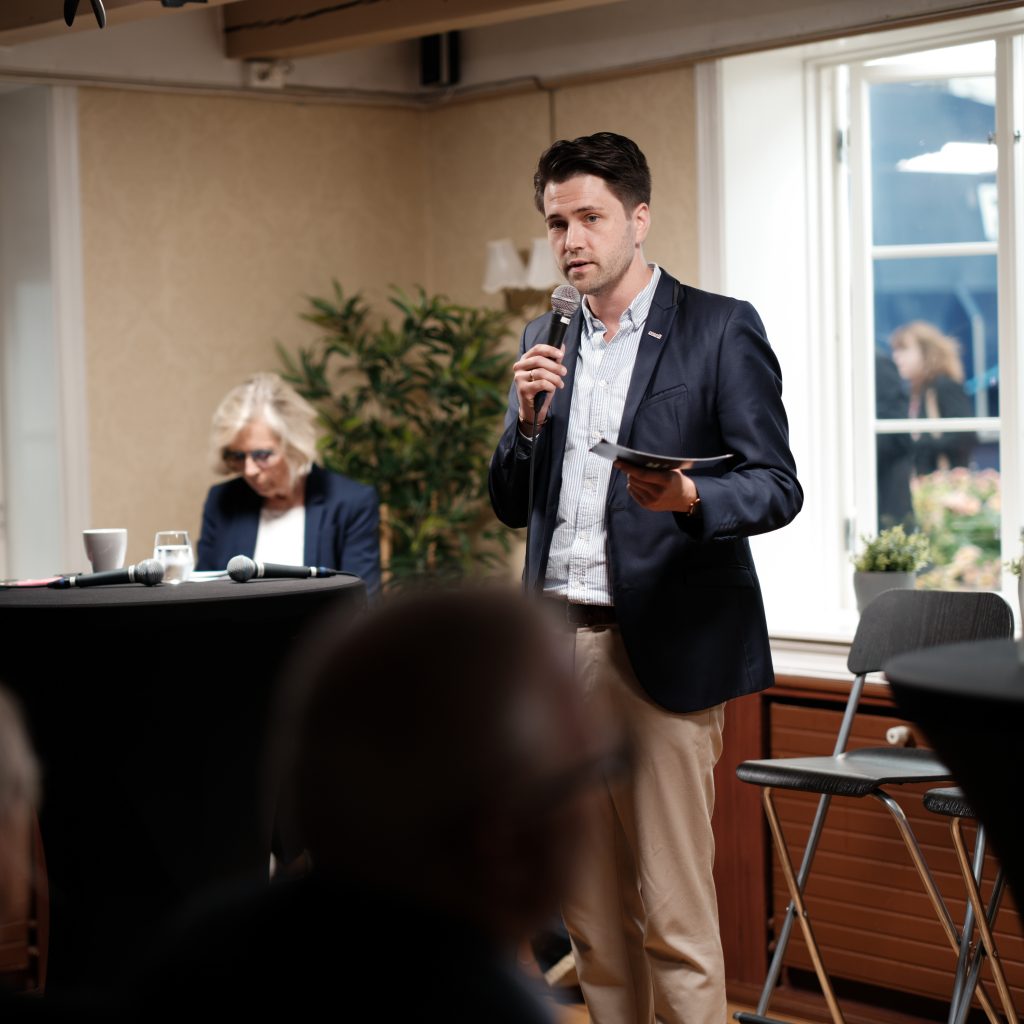I en tid hvor helsepolitikk og medisinsk behandling stadig utvikler seg, er spørsmålet om prioritering av behandlinger for sjeldne diagnoser blitt et viktig fokusområde. Nylig ble det holdt en viktig diskusjon som samlet representanter fra pasientorganisasjoner, industrien og andre interessenter som arbeider med helsepolitikk. Målet med denne diskusjonen var å belyse de utfordringer og muligheter som ligger i å utforme en helhetlig tilnærming til prioritering av behandlinger for sjeldne diagnoser. Her deler vi noen av de mest fremtredende perspektivene som ble delt under denne diskusjonen.
Unike utfordringer krever spesifikke løsninger
En avgjørende innsikt som ble fremhevet, er at sjeldne diagnoser ikke kan behandles med en ensartet tilnærming. Den varierte og komplekse naturen til slike diagnoser krever skreddersydde vurderingskriterier. Dette perspektivet understreker viktigheten av å unngå en «one-size-fits-all» tilnærming til prioritering, og heller fokusere på å tilpasse retningslinjer til hver enkelt situasjon.
Sammen sterkere: samarbeid og forening
Diskusjonen fremmet behovet for økt samarbeid mellom pasientorganisasjoner som en måte å oppnå større oppmerksomhet og ressurser på. Å identifisere felles mål og kampsaker ble sett på som en nøkkel til å øke påvirkningskraften. Dette perspektivet erkjenner at når pasientorganisasjoner samarbeider og samordner sine innsatser, kan de oppnå mer betydelige forandringer.

Vi som kjemper på vegne av sjeldne sykdommer må organisere oss smartere. Jeg har spurt pårørende om hva planen er for å vinne frem i prioriteringsdebatten. Tilbakemeldingene er at de ikke har det som kreves av tid, økonomi og energi. De har mer enn nok med sine egne utfordringer.
Fredrik Arneberg, Koalisjonen for sjeldne sykdommer (UCB)
Økt vektlegging av sjeldne diagnoser i prioriteringsmeldingen
Det ble klart uttrykt at sjeldne diagnoser bør få spesiell oppmerksomhet i den kommende prioriteringsmeldingen. Dette inkluderer å senke dokumentasjonskravene for behandlinger for sjeldne diagnoser og å vurdere høyere betalingsvilje for å takle de unike utfordringene disse diagnosene innebærer. Dette perspektivet understreker viktigheten av å utvikle en skreddersydd tilnærming som adresserer de spesifikke behovene til sjeldne diagnoser.
Styrking av brukerrepresentasjon
En betydelig observasjon var mangelen på sterke brukerrepresentanter i ekspertgruppene. Deltakerne fremhevet viktigheten av å gi personer som lider av sjeldne diagnoser en kraftig stemme i beslutningsprosesser om behandlingsprioriteringer. Dette perspektivet understreker at de som er mest berørt av disse beslutningene, må inkluderes aktivt for å sikre en mer rettferdig og inkluderende prioriteringsprosess.
Læring fra nordisk samarbeid og internasjonale beste praksiser
En diskusjon rundt nordisk samarbeid innenfor sjeldne diagnoser avdekket både fordeler og utfordringer. Deling av beste praksiser fra andre land og regioner ble ansett som en verdifull ressurs for å forbedre tilgjengeligheten og prioriteringen av behandlinger. Dette perspektivet understreker betydningen av å se utover nasjonale grenser for å finne løsninger som fungerer best for sjeldne diagnoser.
Helhetlig vurdering: langsiktig perspektiv og livskvalitet
Diskusjonen tok også opp behovet for en helhetlig vurdering av behandlinger for sjeldne diagnoser. Dette inkluderer å vurdere de langsiktige konsekvensene av behandlinger på pasientenes livskvalitet, samt samfunnsmessige og økonomiske implikasjoner. Dette perspektivet erkjenner at en vellykket behandlingsprioritering må ta hensyn til mer enn bare medisinske faktorer.
Pasienter med sjeldne sykdommer står overfor unike utfordringer som krever spesialisert omsorg og tilgang til nyskapende behandlingsmetoder. Vi er nødt til å arbeide sammen for å sikre at disse pasientene ikke blir oversett og at de får den støtten og behandlingen som de fortjener.
Bjørn-Kristian Svendsrud, Koalisjonen for sjeldne sykdommer (Sanofi)

Kommunikasjonens rolle i å øke bevisstheten
Til tross for økt kunnskap om sjeldne diagnoser, gjenstår det en oppgave med å øke bevisstheten blant beslutningstakere. Deltakerne understreket betydningen av opplysningsarbeid og kommunikasjon for å sikre at prioriteringsmeldingen reflekterer behovene til sjeldne diagnoser og deres berørte samfunn.
Pasientrettigheter og likeverdig behandling
Diskusjonen understreket viktigheten av å ivareta pasientrettigheter og sikre likeverdig tilgang til behandling. Hver pasient, uavhengig av diagnosens sjeldenhet, har rett til god helsehjelp. Dette perspektivet framhever viktigheten av å inkludere et rettighetsperspektiv i prioriteringsmeldingen.
Denne diskusjonen kastet lys over det komplekse landskapet av prioritering av behandlinger for sjeldne diagnoser. Det avdekker behovet for en skreddersydd tilnærming, økt brukerrepresentasjon, samarbeid på tvers av organisasjoner og grenser, samt en dypere forståelse av både medisinske og ikke-medisinske faktorer. Som vi arbeider mot utviklingen av den kommende prioriteringsmeldingen, er det avgjørende å inkludere disse perspektivene for å sikre at sjeldne diagnoser blir behandlet med rettferdighet og omsorg de fortjener.

